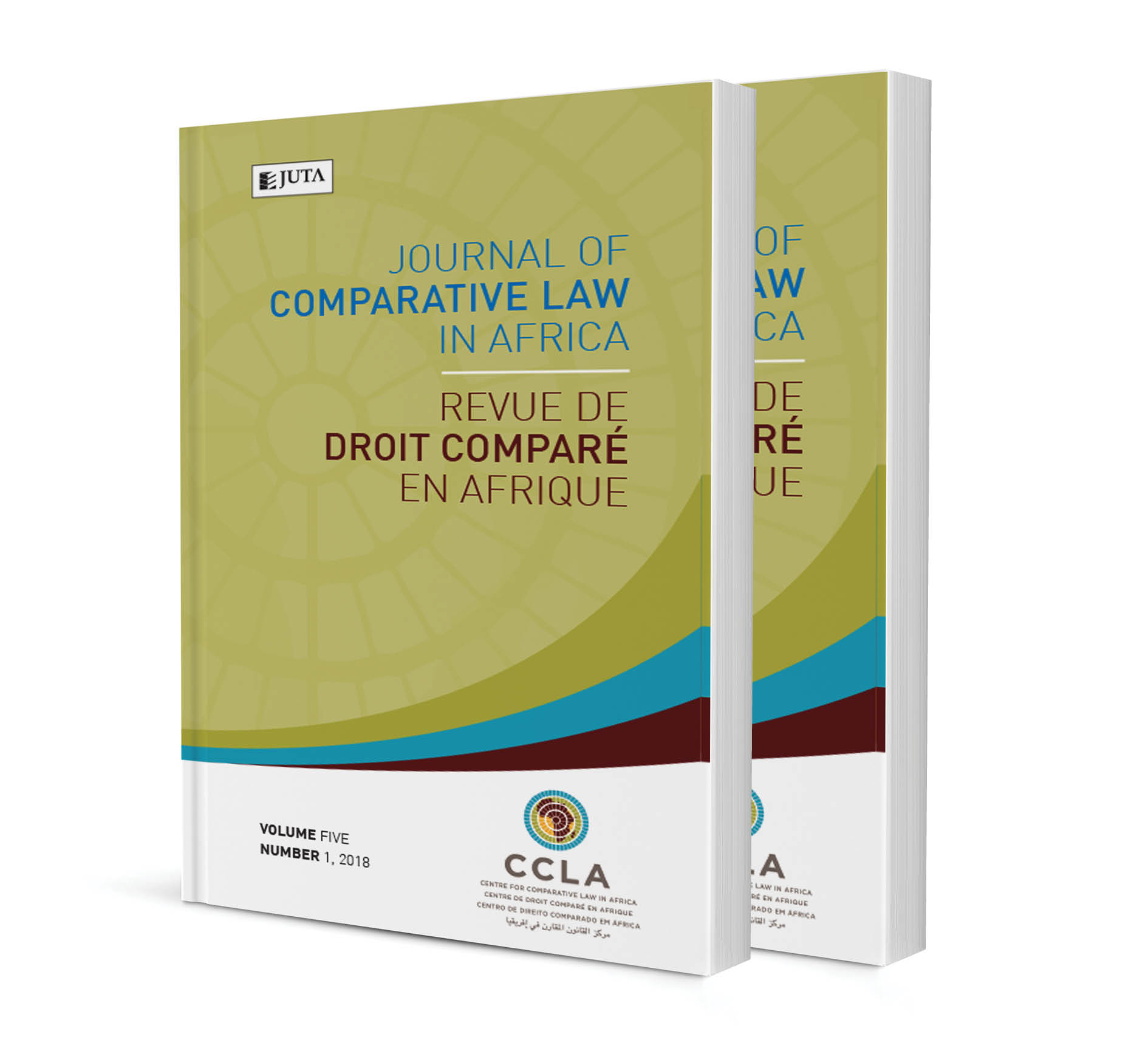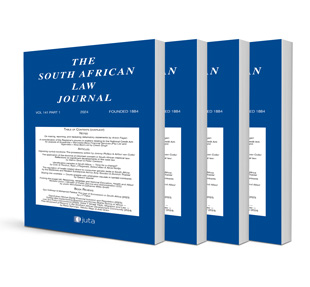In-Between Black and White: Defining Racial Boundaries in Colonial Natal at the Turn of the Twentieth Century — Part Two

In-Between Black and White: Defining Racial Boundaries in Colonial Natal at the Turn of the Twentieth Century — Part Two
Authors Stephen Allister Peté and Paul Swanepoel
ISSN: 2411-7870
Affiliations: BA LLB (University of Natal) LLM (University of Cape Town) MPhil (University of Cambridge) PhD (University of KwaZulu-Natal). Associate Professor, School of Law, University of KwaZulu-Natal; MA (Hons) (University of St Andrews) LLB (University of Natal) MSc PhD (University of Edinburgh). Senior lecturer, School of Law, University of KwaZulu-Natal
Source: Fundamina, Volume 29 Issue 1, p. 53-79
https://doi.org/10.47348/FUND/v29/i1a3
Abstract
Mahmood Mamdani has argued that a system of “define and rule” lay at the heart of a revamped system of British colonial rule – indirect as opposed to direct rule – which developed from the middle of the nineteenth century onwards. In analysing parliamentary discussions and case law concerning definitions of “race” dating from the turn of the twentieth century in the colony of Natal, as well as examining concerns amongst the colonists at that time about the matter of racially mixed marriages, this contribution supports Mamdani’s general thesis and provides examples of the practical and ideological difficulties that arose in the process of attempting to define people according to “race” and “tribe”. It is the contention of this contribution that Mamdani is correct in his assessment that “define and rule” lay at the heart of the British colonial project, particularly in Africa. This contribution asserts, however, that the process of definition was messy, ambiguous, contradictory and never fully resolved on the ground. Certain individuals and groups tended to fall between broad definitions of “race” and “tribe”, both of which illustrated the ideological fault lines inherent in a system based upon racial categorisation, giving rise to practical problems of law and governance. The contribution looks at a number of different themes that all relate to the above general issue. First, it discusses a number of judgments of the Supreme Court of Natal during that period that concerned various individuals and groups who did not neatly fit into any of the formal definitions of race in use at the time. Secondly, it examines a fairly extensive debate that took place in the Legislative Assembly of the colony of Natal in 1905 regarding the Native Definition Bill. Thirdly, it examines the related theme of mixed marriages, of which a number were reported in the colony’s newspapers around that time. Even though there may have been relatively few individuals who fell “in-between” the generally accepted racial and tribal divisions, the fact that there was uncertainty about where such persons fitted within the system was profoundly unsettling to the colonial authorities, since it suggested that the entire structure of colonial society was not based on a secure ideological footing.

